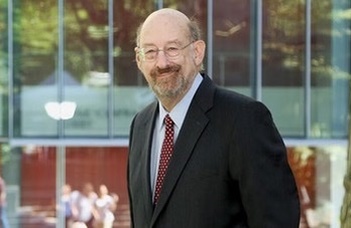FIVE LOCOMOTIVES AND A COUPLE OF GLIMPSES INTO ONE VERY CAPACIOUS CABOOSE

Professor Daniel Raff is a distinguished economic and business historian, a lecturer at the University of Pennsylvania and a fellow at the National Bureau of Economic Research, the most prestigious economic research institute in the United States.
Title of the lecture: Five Locomotives and a Couple of Glimpses into One Very Capacious Caboose: Some Concepts for the Business History of Firms and Some Applications
Date: March 7, 2025, 10:00-11:30
Venue: ELTE BTK Main Building, 1088 Budapest, Múzeum krt. 6–8. First floor 11. (see on map)
This lecture represents at heart a methodological reflection on how best to study managerial and organizational action in the context of the development of organizations such as firms over time. Its intellectual core is a careful discussion of the concepts of analysis, causation, explanation, agency (of isolated individuals and of individuals in the context of formal organizations), and that of an open causal order.
The discussion is set up through a detailed case study of a prominent US -based retailing firm, eventually in the Fortune 500, which was an innovator in the use of digital technology for merchandising and supply chain management from the late 1970s onwards but was seemingly overwhelmed by the diffusion of the Internet. It all ended in bankruptcy. The case study is based on the better part of 200 interviews with involved and counterpart industry actors as well as the usual documentary sources. The bankruptcy was front-page news in the US and well-reported in the major overseas business press; and most of the commentary at that time and throughout the course of the failed reorganization and eventual dissolution proceedings was to the effect that the firm’s demise was inevitable. The case study is granular enough to raise serious questions about this account.
Development of a coherent understanding of the concepts identified above and their application to the case study reveals a much more complex and thought-provoking history and offers fairly general lessons about aspects and issues underlying a firm’s life course.
